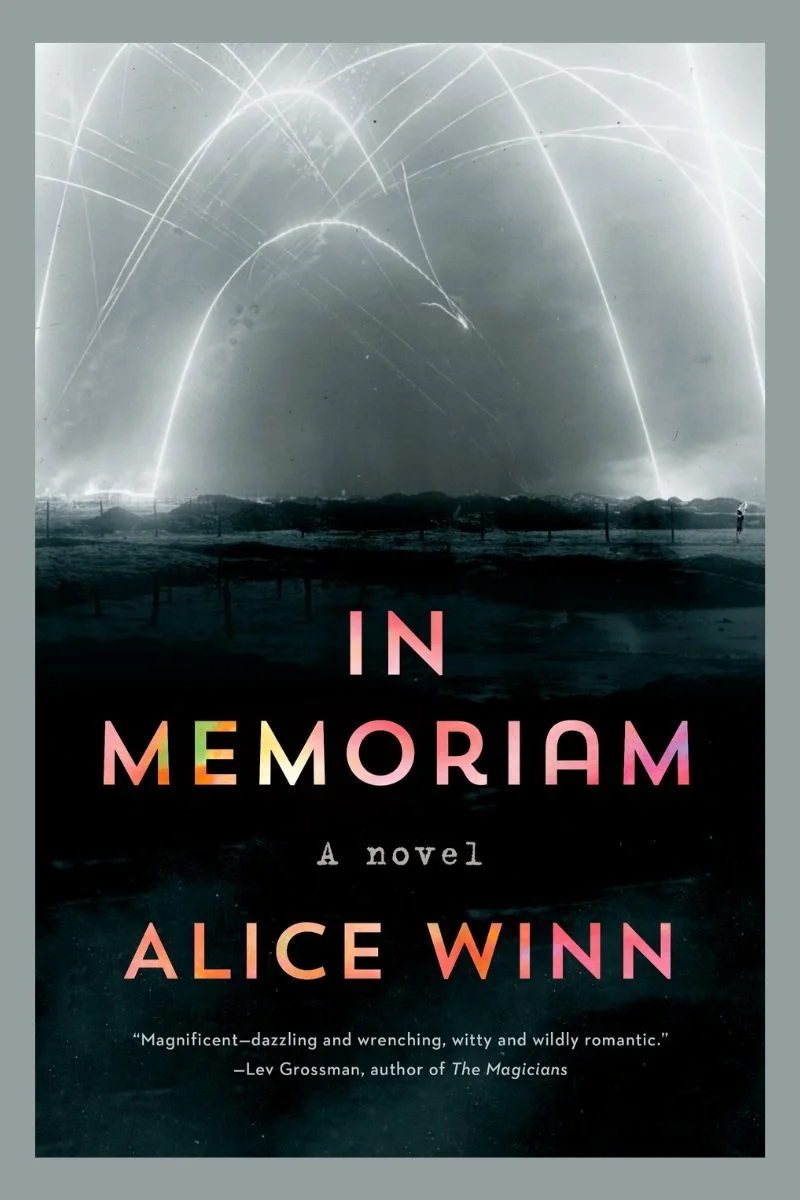The Vanishing Half – Brit Bennett
Expectation: A searing exploration of race and class told from the perspective of twin sisters who live on opposite ends of the color line.
Reality: Structured to be palatable for the masses, it’s entertaining enough but far from the powerful story I expected given the near universal acclaim it has received.
My Take:
The Vignes sisters are twins that live on opposite sides of the color line, one as white and the other as Black. Brit Bennett’s novel toggles through decades to trace how this separation — from each other and a culture — impacts them and their daughters.
It’s a fascinating idea for a story, but I found it didn’t quite live up to expectations given the near universal acclaim it received at publication in 2020.
For me it was burdened with structure and character development challenges that seemed Bennett was steered more towards mass-market popularity rather than a searing examination of race, class and identity.
The elements are there — 1960s Southern United States setting, covert and overt racism and marginalization — but these things are used more to illustrate a point rather than to uncover the motivations of our characters.
At the end of the novel I accepted why Stella decided to live her life as a white woman, but I don’t feel the reasons for shunning her family and lying to her husband and daughter were understood. It’s a shame, because her arc was the most engaging and fresh.
Desiree, on the other hand, was a bundle of tropes who felt more like a plot device used to introduce the sisters and then forgotten until the last chapter. Her daughter, Jude, felt ancillary to the core narrative even though she essentially drives it forward. Kennedy, Stella’s daughter, seemed to be the main character of an entirely different novel.
Don’t get me wrong, I was entertained by “The Vanishing Half,” but it required the reader to embrace luck, convenience and willful ignorance to buy the “twists.” The four characters orbited each other, but everything that happened to them felt scattershot.
The frequent use of flash forwards didn’t help things, especially since it seemed like a character’s story was ending only to have them pop back up. All-in-all, there were a lot of interesting ideas but nothing was given enough room to breathe.
Like Charmaine Wilkerson’s “Black Cake” and Bonnie Garmus’ “Lessons in Chemistry,” “Half” is the type of historical fiction that smooths the edges of difficult topics, making a reader feel enlightened but not challenged. To each their own, but I’d rather risk a cut.
The audiobook was narrated by Shayna Small, one of my audiobook all-stars. She did a good job bringing humanity and depth to the somewhat shallow characterizations of Stella and Kennedy, but her portrayal of Jude is what shined.
Rating (story): 3.5/5 stars
Rating (narration): 3.5/5 stars
Format: Audiobook (SIL library)
Dates read: January 2 – January 9, 2024
Multi-tasking: Good to go. Outside of a few awkward time jumps, Bennett’s storytelling is easy to follow regardless of activity.





